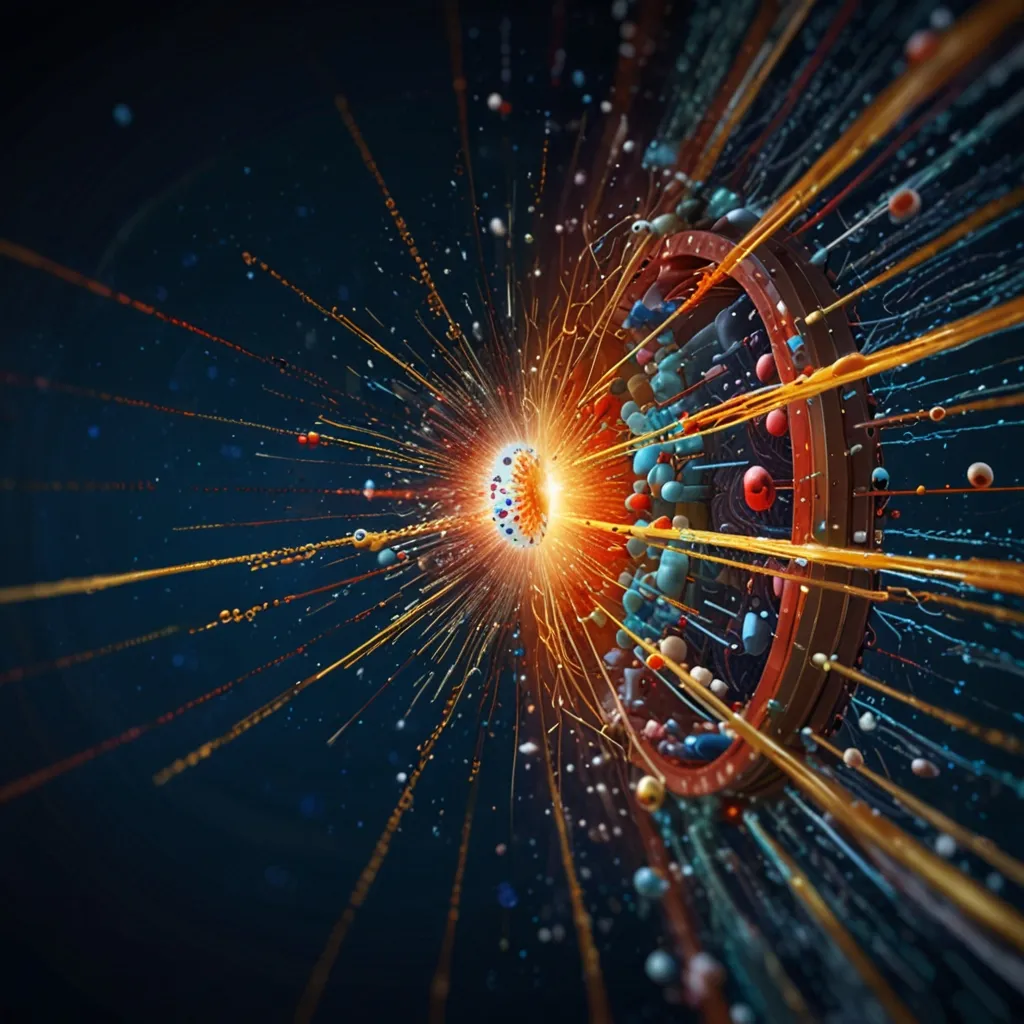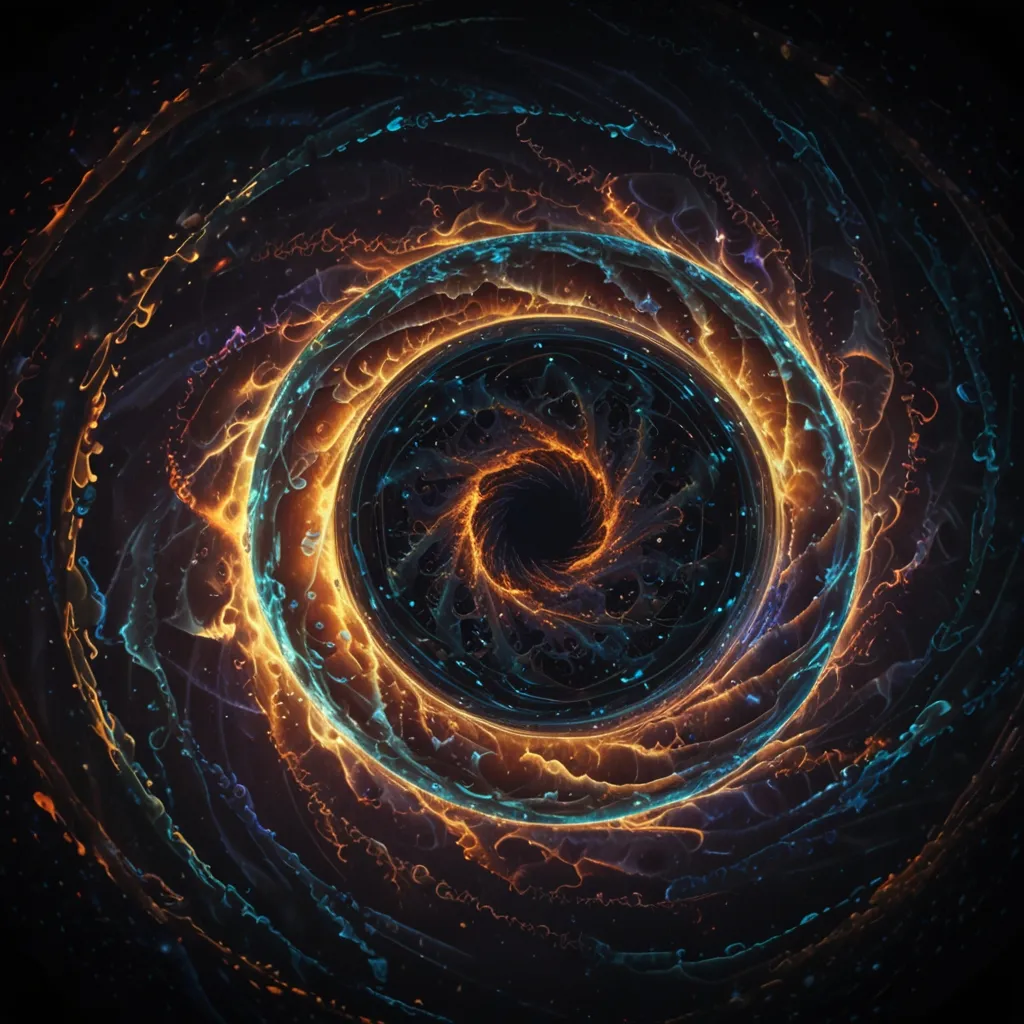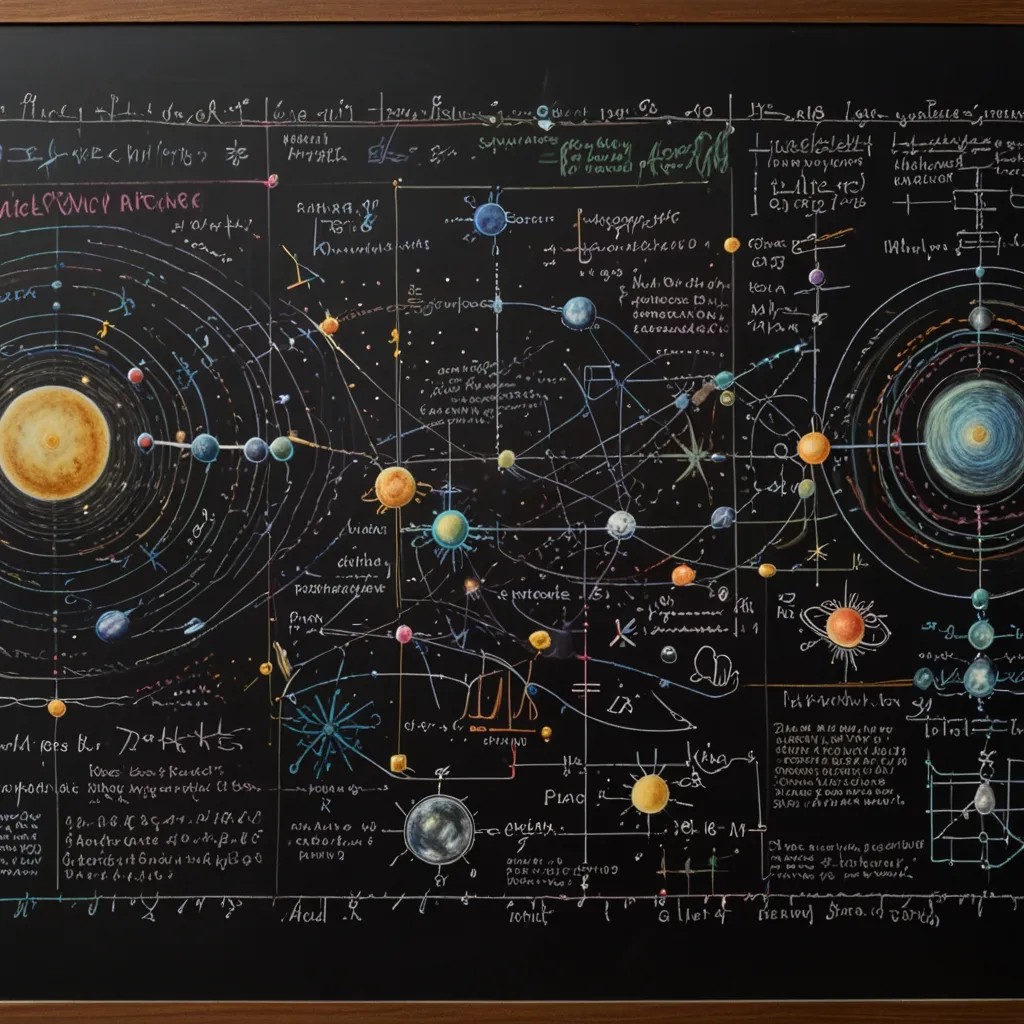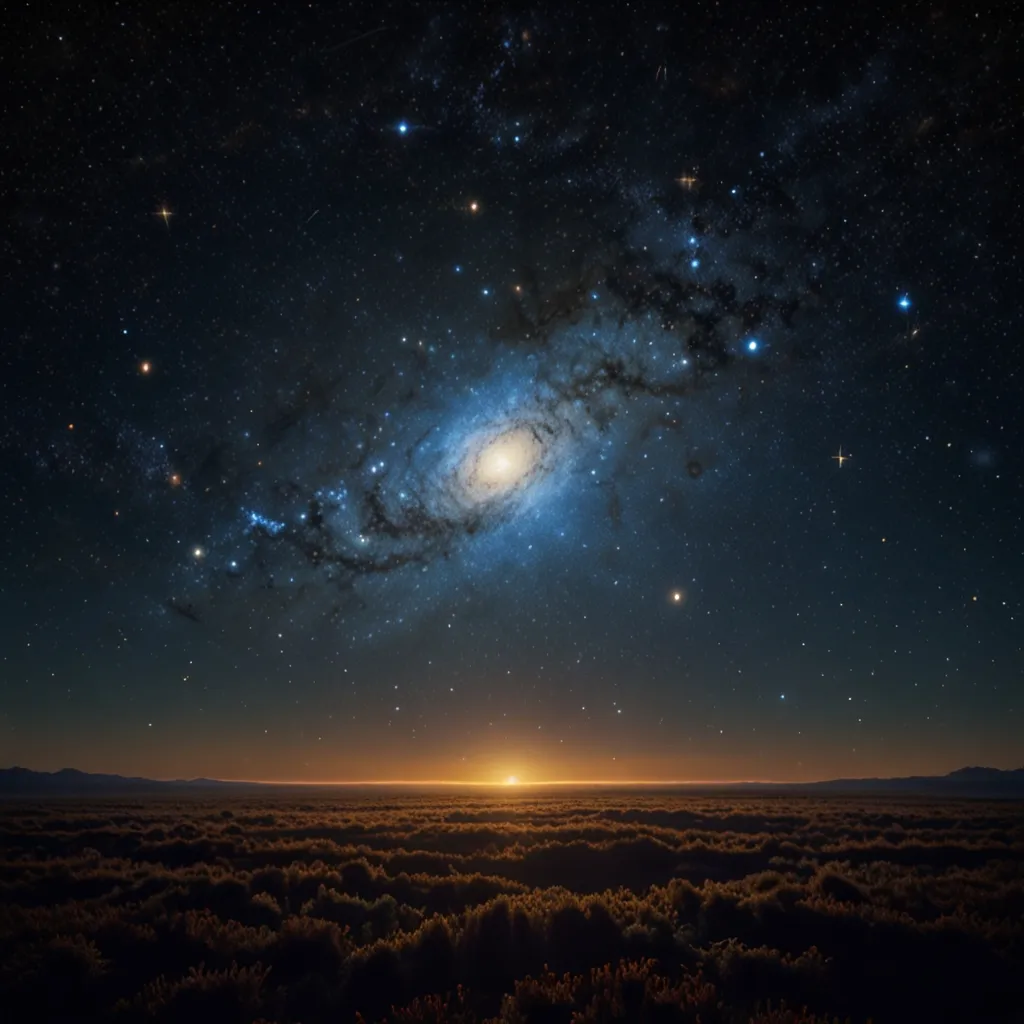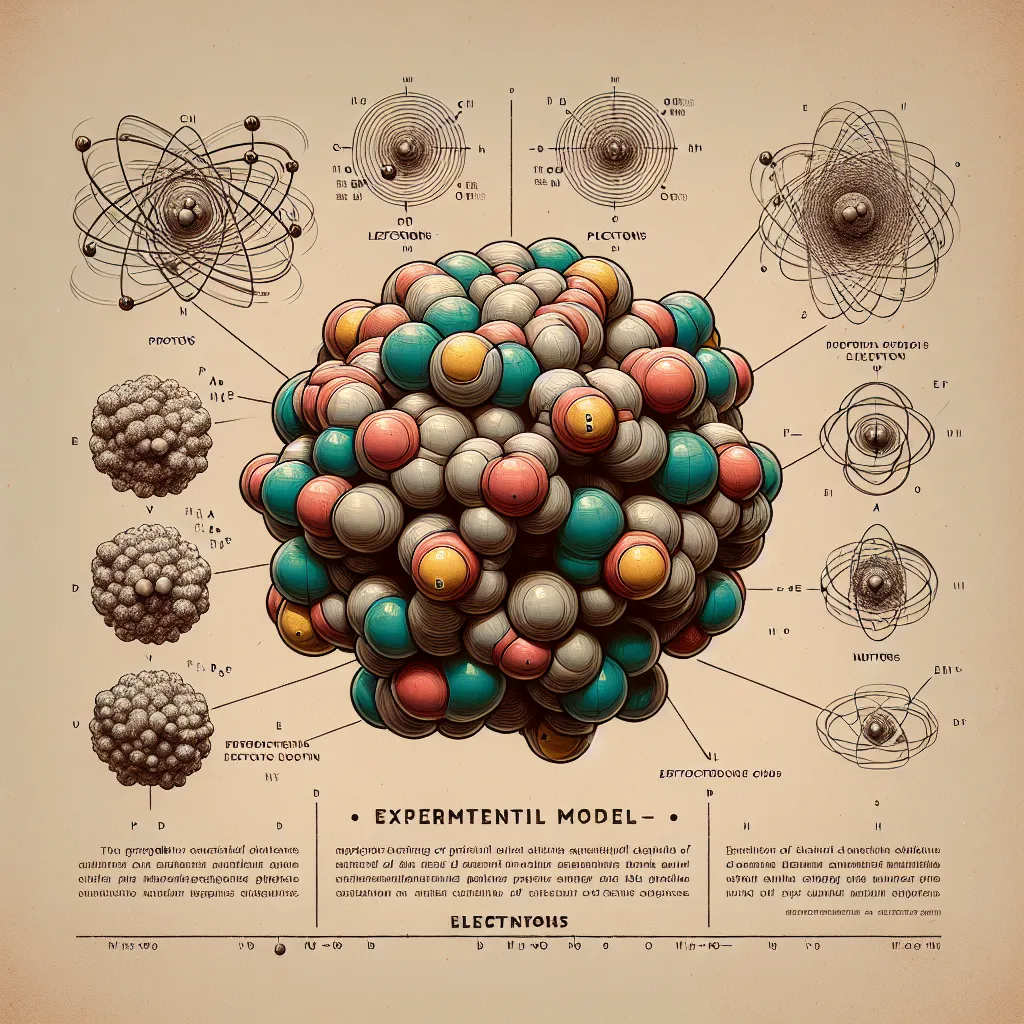In 2012, the world of particle physics was set ablaze by headlines proclaiming, “Physicists Find Elusive Particle Seen as Key to the Universe” and “God Particle Found.” It marked a monumental day as the last piece of the Standard Model—the Higgs boson—was discovered, heralding one of the most significant scientific achievements in decades. You’d think scientists must have seen or measured this particle directly, right? Surprisingly, that’s not the case.
To understand how physicists can claim such a discovery without direct observation, we first need to grasp what ‘measurement’ means in this context. The Standard Model of particle physics outlines all fundamental particles known to exist. However, most of these particles, including the Higgs, have never been directly observed. The framework relies on Quantum Field Theory, where particles are considered excitations or quanta of their respective fields spread throughout space-time.
For instance, an electron is a quanta of energy in the electron field, with a mass of 0.511 Mega electron volts (MeV). The Higgs boson, on the other hand, has a mass of 125 giga electron volts (GeV), making it one of the heaviest particles in the Standard Model. Creating such a heavy particle isn’t simple—it requires accelerating lighter particles and smashing them together at high energies.
The process used to discover the Higgs involved particle accelerators like the Large Hadron Collider (LHC) in Geneva. The LHC accelerates protons (which are heavier and easier to accelerate than electrons) and collides them to create the conditions necessary for heavier particles to form. However, detecting the Higgs boson directly isn’t feasible for several reasons: it decays almost instantly with a lifetime of around (1.5 \times 10^{-22}) seconds, and it doesn’t interact electromagnetically, making direct detection impossible.
Instead, scientists observe the decay products of such collisions. It’s akin to how paleontologists study dinosaur fossils to infer their existence. In experiments, if the sum of the products after proton collisions equals the mass of the Higgs, it’s reasonable to conclude the Higgs was created. The 2012 discovery was supported by a “five-sigma significance,” a statistical measure denoting that the likelihood of the result being merely random is 1 in 3.5 million.
Even today, despite higher than six-sigma confidence levels, some skepticism lingers because we haven’t observed the particles directly. Yet, the indirect evidence, through decay pathways like two high-energy photons combined with their interaction energies summing up to the Higgs mass, consistently supports the particle’s existence. This methodology isn’t unique to the Higgs; other particles, like quarks and gluons that form protons and neutrons, are known similarly through their interactions and decay patterns.
While direct observation remains elusive for many fundamental particles, the statistically significant results achieved through particle accelerators continue to uphold the framework of the Standard Model and quantum mechanics. Physics may not offer absolute truths but provides the most plausible explanations for our observations of the universe.
So, although we don’t “see” these particles in a traditional sense, the methodology of high-energy physics gives us a compelling glimpse into the building blocks of our universe.
